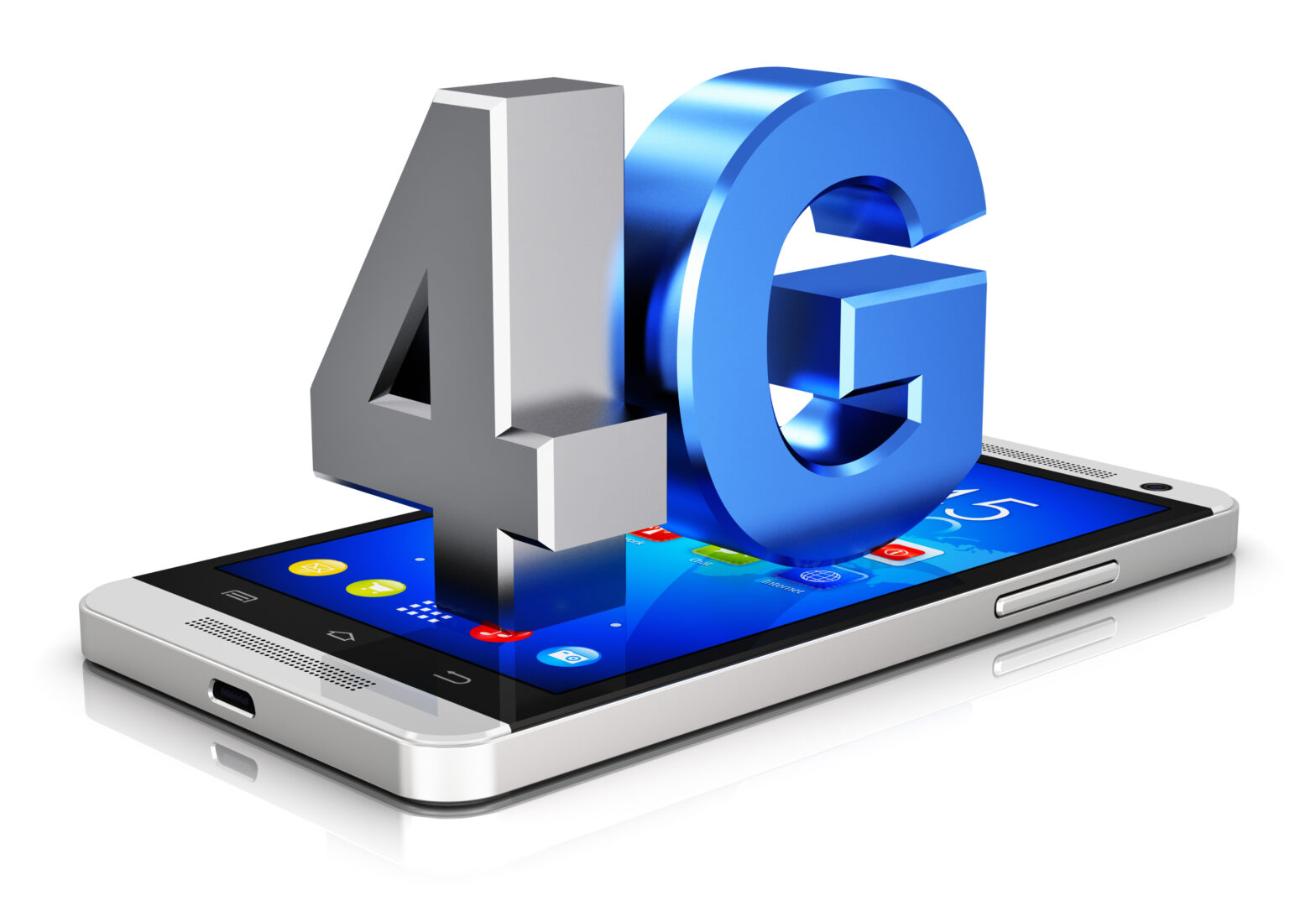One observation of the modern business world is that majority of businesses and employees require instant workflow, communication and connectivity. At all times and locations.
The benefits of a high-speed internet connection aren’t purely for the impatient surfer however; 4G is a technology that really does translate into real world business solutions.
A step up from 3G
To give an idea of how much progress has been made since 3G (3rd generation mobile connection), Ofcom recently carried out a series of usability tests, designed to record the actual speed that mobile users can expect. The results speak for themselves.
The report clocked the speed of both 3G and 4G connections across five major UK cities: London, Birmingham, Manchester, Glasgow and Edinburgh, and determined that 4G operated at over twice the speed of the previous iteration. 3G recorded an average speed of 6.1MB per second, while 4G romped home with an average of 15.1MB.
Where is 4G available?
Ofcom currently estimates that around 70 per cent of the UK currently receives 4G connection from at least one provider, although those north of the border have most cause to celebrate, with the fastest 4G speeds recorded in Edinburgh. Ofcom’s chief executive went on to state that they expect 98 per cent of the UK population to be covered by 2017 at the latest.
Although the main tests were carried out in the country’s major urban centres, the roll-out continues to build, and mobile users are constantly noticing improved coverage in more and more areas of the UK. While 4G is becoming more ingrained into every day mobile users, how can businesses benefit reap the benefits of more advanced technology?
On the move
When travelling, the need to be connected cannot be overestimated. With 4G, you’re not simply restricted to email and browser use however. In London, an average web page took 1.2 seconds to load using 3G, whereas the same on 4G took 0.72 seconds. The difference in this instance is minimal, but when we begin to scale up from a single web page to larger file transfers, the improvement becomes invaluable.
With the ability to share documents quickly and easily, you’ll soon wonder how you managed without it. Although 4G is a technology for mobile devices, this is in no way restrictive to its business potential. With the increases in smartphone technology, many office based programmes are readily accessible in the palm of your hand. From Microsoft Word and Excel, to Outlook, to WordPress, your mobile platform is no longer a restriction for the type of software available to you, and 4G allows for fast and efficient use when on the go.
Software providers such as Adobe and Google, and smaller start-ups have capitalised on the demand for better solutions on the go. Checking your business analytics on the go is now a great user experience once connected to 4G, while using apps such as Google Docs and Dropbox allow a seamless workflow and access to files in the cloud when out of office.
A welcome alternative
There are times, however, when you may need the increased display size or functionality that comes with your tablet or laptop. The previous solution was to purchase a dongle, but it’s hardly a cost-effective option to be paying out for an extra connection.
Eschewing the dongle, you now have the option to tether a second device to your handset, making use of the same connection. By amending the settings on your smartphone, you can turn your handset into your own personal wifi hotspot, then connect your laptop or tablet to your 4G tariff.
There are certain pitfalls to beware of, namely whether your provider allows tethering, and the potential increase in data usage if your second device thinks it’s attached to a broadband line. However as long as your data usage is supported, your business will soon notice the benefits.
Mobile working
As we become a more connected generation, the term ‘always connected’ is where we are transitioning. Some larger businesses are taking a more casual approach to working hours and locations for employees, and this is a way of working that can be transferred to smaller businesses. Do employees have to be in the office at set hours, do they need to only do office based conference calls and meetings, can we let employees work from home? These are some questions smaller businesses can ask themselves when looking at other ways their employees routines could be more efficient. This is where more powerful 4G comes in to play, allowing the technology capability for businesses to be more flexible at cost effective levels.
Moving forwards
A new generation of mobile internet connection has been rolled out approximately every ten years, since the first system became available in 1981. Next to appear was 2G in 1991, before 3G in 2001. The current 4G system became standardised in 2012 and offers the fastest mobile connection speeds that are currently available commercially.
If your business is still relying on the industry standard from 14 years ago, you’re failing to capitalise on the communications potential readily available to us here and now. And with Chinese giants Huawei looking to pilot a test scheme for 5G in time for the 2018 World Cup, there’s never been a better time to get your business up to speed.
Jay Karsandas is a mobiles specialist at Mobiles.co.uk.




